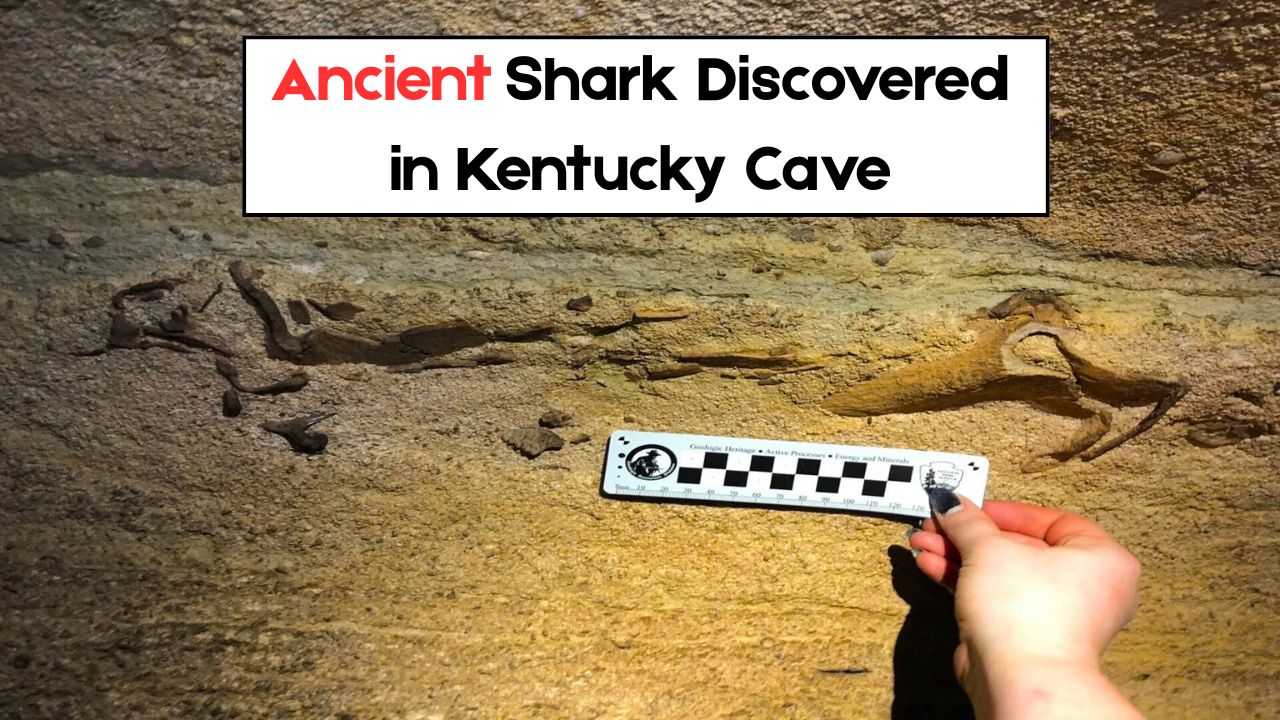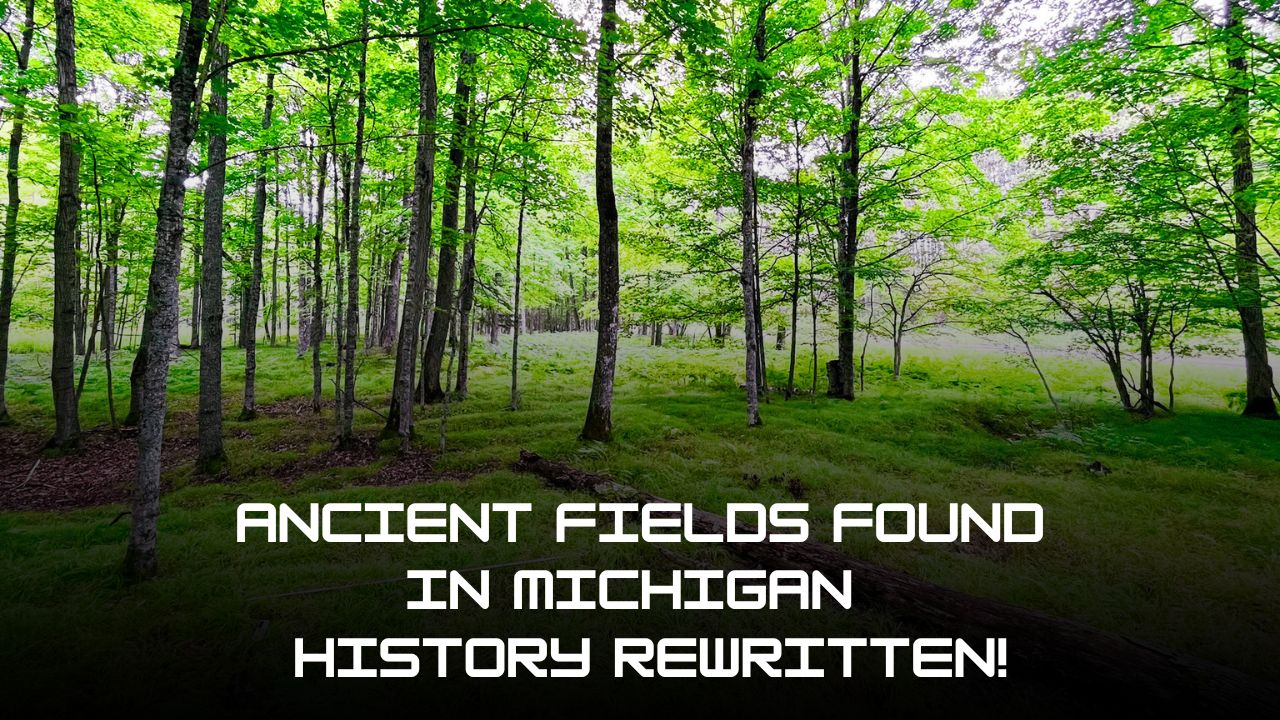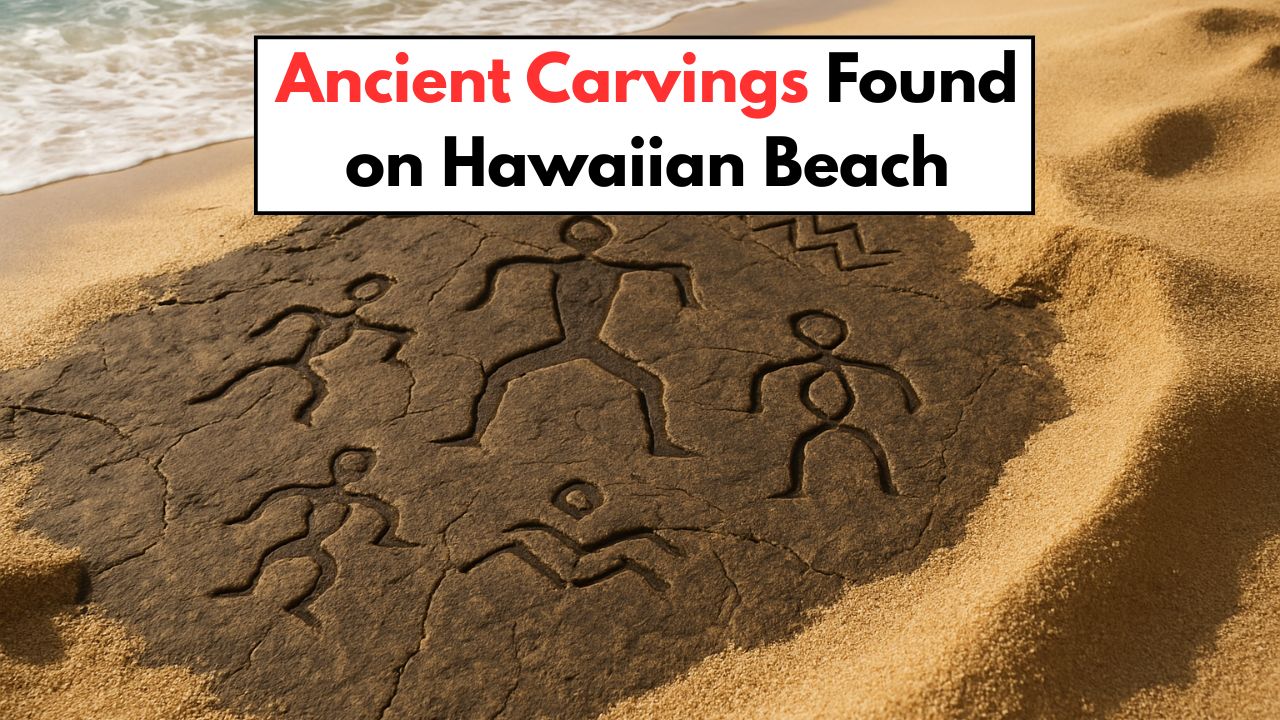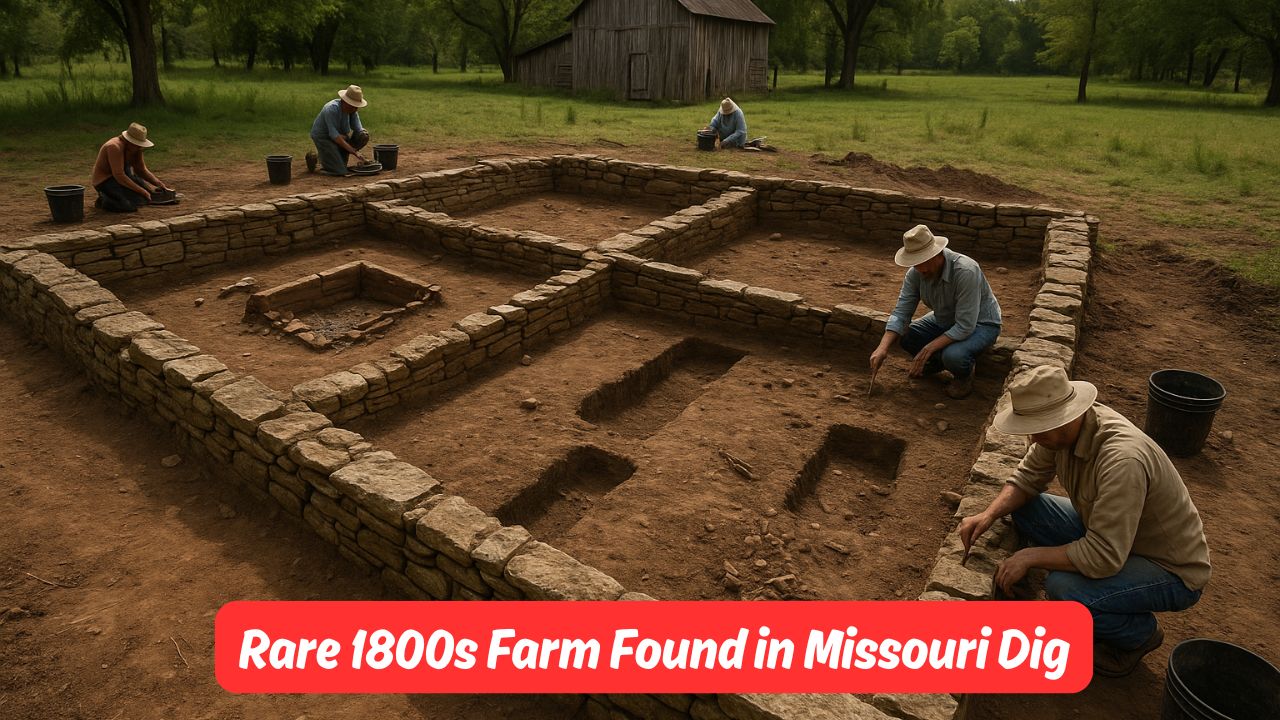Ancient Shark Fossil – In a groundbreaking discovery that has stunned scientists and fossil enthusiasts alike, researchers have unearthed a 340-million-year-old ancient shark fossil deep within the legendary Mammoth Cave system in Kentucky, USA. This rare and extraordinary find not only deepens our understanding of prehistoric marine life but also sheds new light on the evolution of sharks and ancient ecosystems that existed long before the dinosaurs roamed the Earth.
A Journey Into the Past: Why This Discovery Is So Important
The fossil belongs to an extinct shark species that lived during the Mississippian period, a subdivision of the Carboniferous era. This period was characterized by widespread shallow seas and lush tropical environments that supported a wide range of marine species.
What makes this discovery especially significant is:
- The exceptional preservation of the fossil, including jaw and cartilage structures that are usually lost over time.
- The location — Mammoth Cave — is the longest cave system in the world, and it had not previously yielded such intact shark fossils.
- The age of the fossil — 340 million years — places it among the earliest known sharks with such anatomical detail.
Details of the Discovery
Who Found It?
The fossil was discovered by a team of paleontologists from Western Kentucky University, in collaboration with the National Park Service. The exploration was part of an ongoing mapping and preservation effort in Mammoth Cave National Park.
What Was Found?
Researchers uncovered a nearly complete lower jaw, dozens of shark teeth, and portions of the cranial cartilage, which are rarely preserved due to their soft structure.
- Fossil Type: Cartilaginous fish (Shark)
- Era: Mississippian Period (approximately 340 million years ago)
- Condition: Exceptionally well-preserved cartilage and teeth
- Location: Deep chamber inside Mammoth Cave, Kentucky
Scientific Importance: What This Fossil Reveals
The fossil provides unprecedented insights into early shark anatomy, feeding patterns, and even evolutionary adaptations.
Key Revelations:
- Jaw Structure: The jaw indicates that this shark had a powerful bite and could feed on a wide range of marine creatures.
- Tooth Pattern: Teeth are triangular and suggest a predatory lifestyle.
- Cartilage Analysis: Confirms the species is closer to modern sharks than previously thought.
This find supports the theory that sharks underwent rapid evolution during the Carboniferous period, resulting in a wide range of forms and adaptations.
Why Mammoth Cave?
The fossil’s location is just as intriguing as the fossil itself.
Reasons Mammoth Cave Preserved This Fossil:
- Stable climate conditions in the cave system
- Low oxygen environment, which slows down decay
- Limestone composition of the cave helped in fossilization
- Minimal human disruption in deeper sections of the cave
Other Notable Finds in the Area:
While shark teeth have occasionally been found in the region, complete or near-complete shark fossils are almost unheard of in Mammoth Cave, making this a first-of-its-kind discovery.
What Species Was It?
Although the exact classification is still under review, preliminary analysis suggests the fossil may belong to a previously unknown species within the genus Symmoriiformes — an ancient group of cartilaginous fishes related to modern sharks and chimaeras.
- Genus: Possibly Symmorium or a new genus
- Known Relatives: Helicoprion, Stethacanthus
- Size Estimate: Around 3 to 5 feet long
If confirmed, this would be one of the most complete fossils of its genus ever found.
What Happens Next?
Ongoing Research:
- CT scanning of fossil sections for internal structure study
- 3D modeling for reconstruction of jaw mechanics
- Comparative analysis with other fossil databases
The fossil is currently being preserved and studied at the Western Kentucky University lab. Scientists hope to publish a formal paper in a leading paleontology journal in the coming months.
Public Exhibition Plans:
There are early talks about creating a traveling exhibition or even installing a replica fossil display at Mammoth Cave National Park’s Visitor Center, allowing the public to witness this incredible piece of history.
What It Means for Shark Evolution
This fossil helps bridge the gap between primitive jawless fish and modern sharks, which are among the oldest surviving vertebrates on Earth.
- It adds evidence to the theory that sharks evolved earlier than previously estimated
- It shows how complex feeding adaptations emerged during the Carboniferous period
- It helps scientists understand why sharks survived multiple mass extinctions
The discovery of a 340-million-year-old ancient shark fossil in Mammoth Cave is more than just an exciting news headline — it’s a scientific milestone. With detailed fossilized cartilage, jawbone, and teeth, the specimen is one of the best-preserved examples of ancient marine life ever found in the region.
It reaffirms Kentucky’s significance in paleontological history and provides valuable insight into how life on Earth developed during prehistoric times.
FAQs About the Ancient Shark Fossil Found in Mammoth Cave
Q1. How old is the shark fossil found in Mammoth Cave?
A1. The fossil is estimated to be about 340 million years old, from the Mississippian period.
Q2. What parts of the shark were discovered?
A2. The team found a lower jaw, several teeth, and cartilage fragments, all remarkably well-preserved.
Q3. Where exactly was the fossil found?
A3. Deep inside an unexplored section of Mammoth Cave, the world’s longest cave system, in Kentucky, USA.
Q4. Why is this find so special?
A4. Complete shark fossils are rare due to the soft cartilage structure. This fossil offers new insights into early shark anatomy and evolution.
Q5. Will the public get to see this fossil?
A5. Yes, scientists are planning to create replicas and exhibitions so visitors can view the fossil at Mammoth Cave National Park and other museums.







